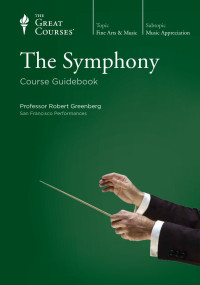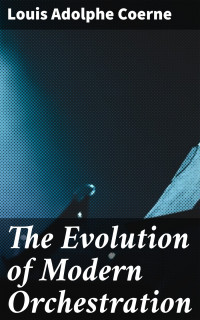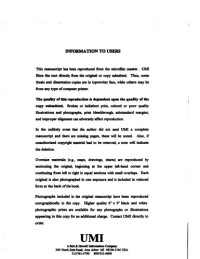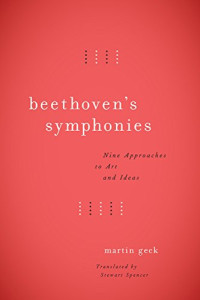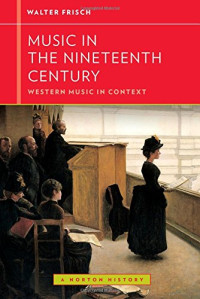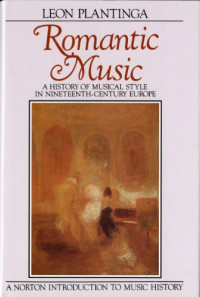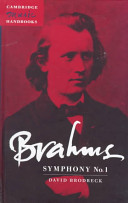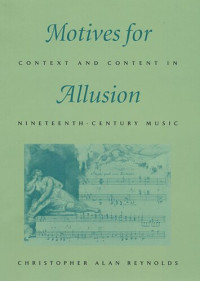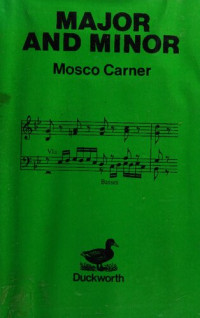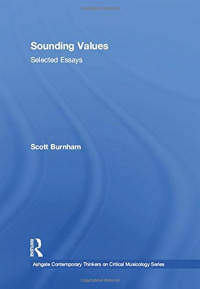
After Beethoven : imperatives of originality in the symphony
Mark Evan Bonds.Overt borrowings from Beethoven—for example, the lyrical theme in the Finale of Brahms’ First Symphony, so like the “Ode to Joy” theme in Beethoven’s Ninth—have often been the subject of criticism. Bonds now shows us how composers imitate or allude to a Beethoven theme or compositional strategy precisely in order to turn away from it, creating a new musical solution. Berlioz’s Harold en Italie, Mendelssohn’s Lobgesang, Schumann’s Fourth Symphony, Brahms’ First, and Mahler’s Fourth serve as illuminating examples. Discussion focuses on such core issues as Beethoven’s innovations in formal design, the role of text and voice, fusion of diverse genres, cyclical coherence of movements, and the function of the symphonic finale.
Bonds lucidly argues that the great symphonists of the nineteenth century cleared creative space for themselves by both confronting and deviating from the practices of their potentially overpowering precursor. His analysis places familiar masterpieces in a new light.
 Amazon
Amazon  Barnes & Noble
Barnes & Noble  Bookshop.org
Bookshop.org  حول الملفات
حول الملفات المزيد من نتائج البحث
المزيد من نتائج البحث مميزات أخري
مميزات أخري 

